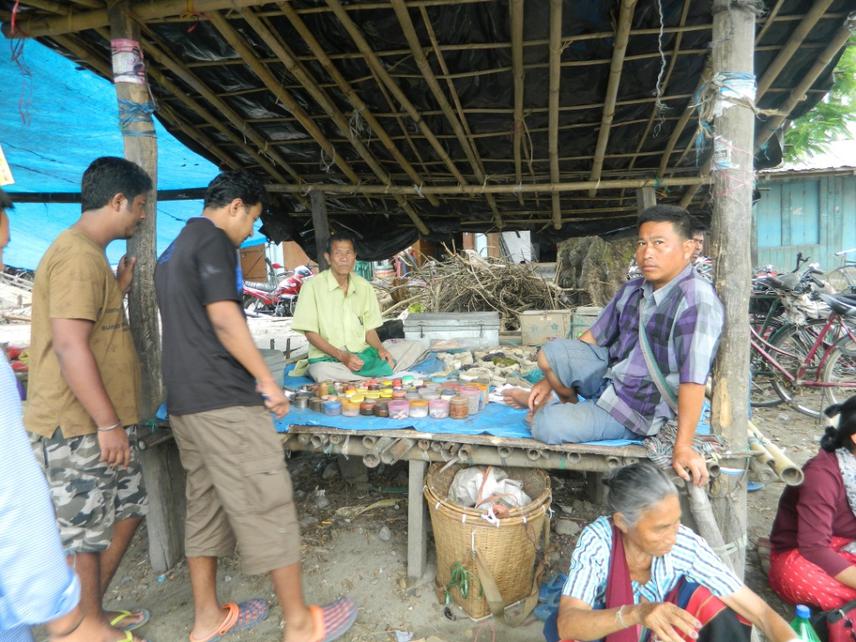Nabajit Das
Other projects
9 May 2008
Population Status, Ecology and Threats of One of the Least Known Primate Species: Bengal Slow Loris (N. bengalensis) in the Protected Areas of Assam, India
18 Jun 2010
Behavior and Feeding Ecology in Relation to Habitat Quality of Vulnerable Bengal Slow Loris (Nycticebus bengalensis) in Gibbon Wildlife Sanctuary, Assam, India
25 Jul 2012
Assessment of Threats and Conservation of Bengal Slow Loris (Nycticebus bengalensis) through Community Participation in Arunachal Pradesh, Northeast India
Continuing the research for establish a conservation management program to securing the long-term protection and survival of Bengal slow loris (N. bengalensis) in Kamlang Namdapha landscape, Arunachal Pradesh, India”.

Vulnerable Bengal slow loris Nycticebus bengalensis, an endemic nocturnal primate species of Southeast Asia, threatened by extensive habitat destruction, hunting and capture for pet trade, draws less attention from conservationists. Less research priority is the main hindrance for establish a effective conservation plan for this species. Information on current threats and its analysis of the Bengal slow loris is extremely limited owing to less attention from conservationists. Threats include habitat loss, forest degradation, killing due to local beliefs and illegal trading for pets within its distribution range of Southeast Asia including NE States of India. All eight species of slow lorises are listed in Appendix I of CITES that means all international commercial trade is banned. In India, Bengal slow loris categorized under Schedule I of Wildlife Protection Act 1972, which prohibits domestic trade of slow loris and slow loris products, however slow lorises are among the most commonly observed primates for sale in marketplaces across their distribution ranges and have long been used in traditional medicines. Very slow to reproduce, this species cannot withstand current large-scale off-take and killing to supply growing international demand. Greater awareness, improved law enforcement and stronger regional conservation management plan are urgently needed. Our ongoing conservation programme have identified the need to expand community education programs and local peoples involvement in conservation activities. The project also seeks to continue research to close the gaps regarding the population and habitat use needed to establish a conservation management program to secure the long-term protection and survival of this primate.
This study will be first one to provide a supplementary data to the promotion of the species as an indicator of habitat quality and anthropogenic pressure in the study sites and could be utilize the result to highlight the area for conservation priority site. We hope to provide a non-judgmental conservation education programme that will inspire local people to use natural resources sustainably.